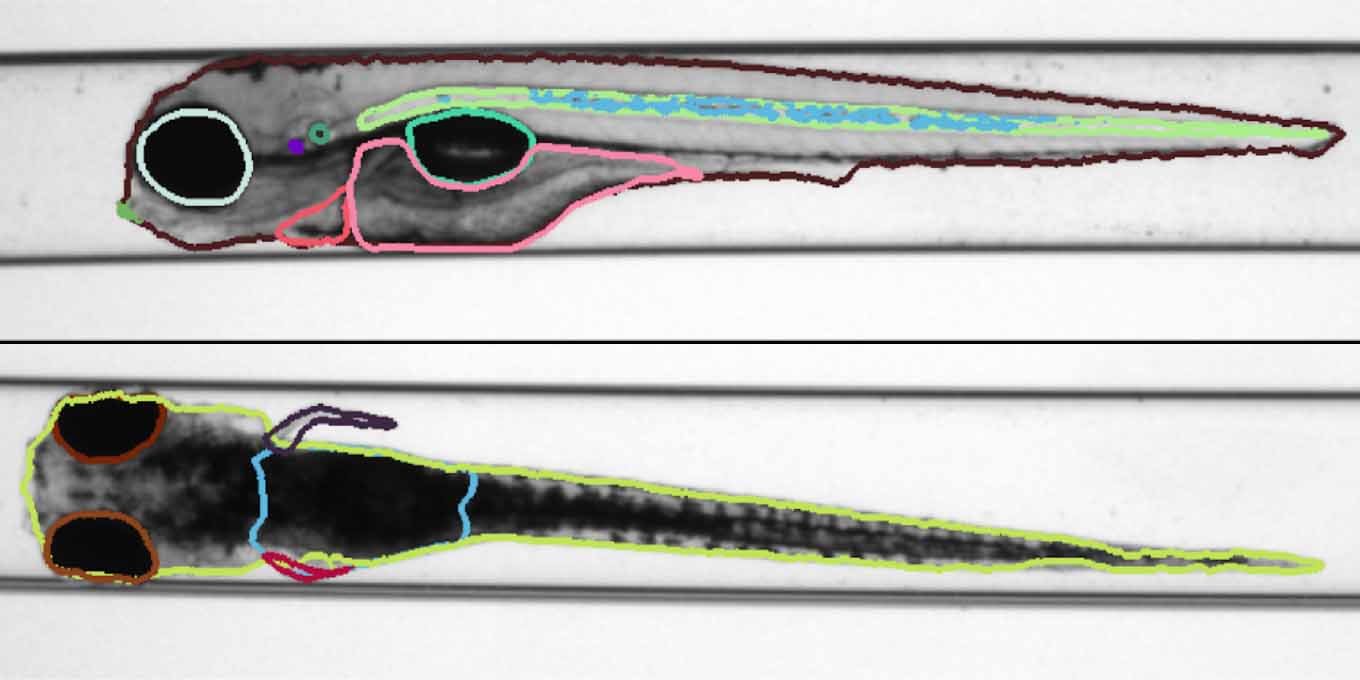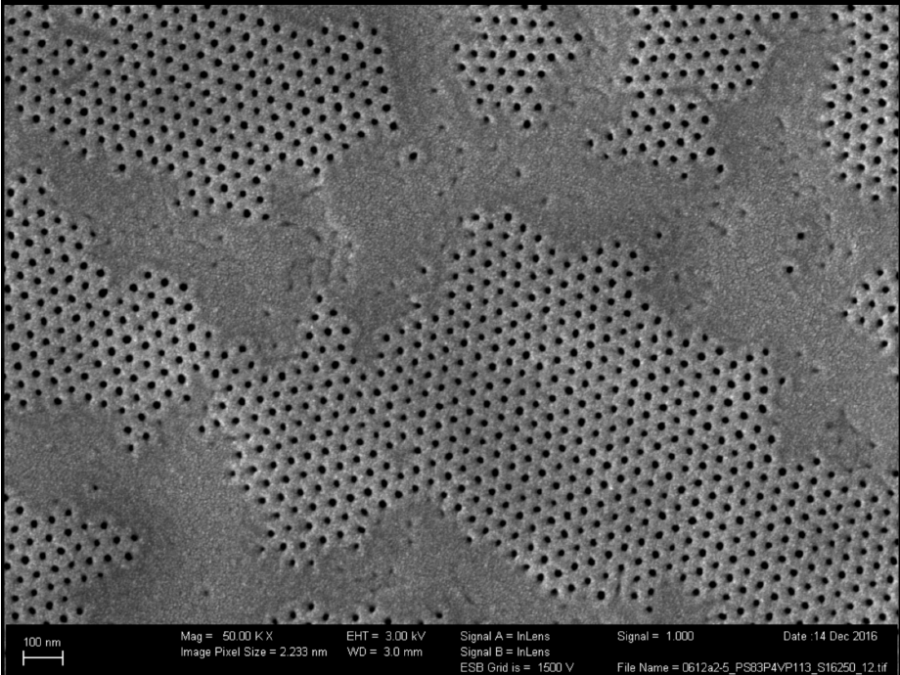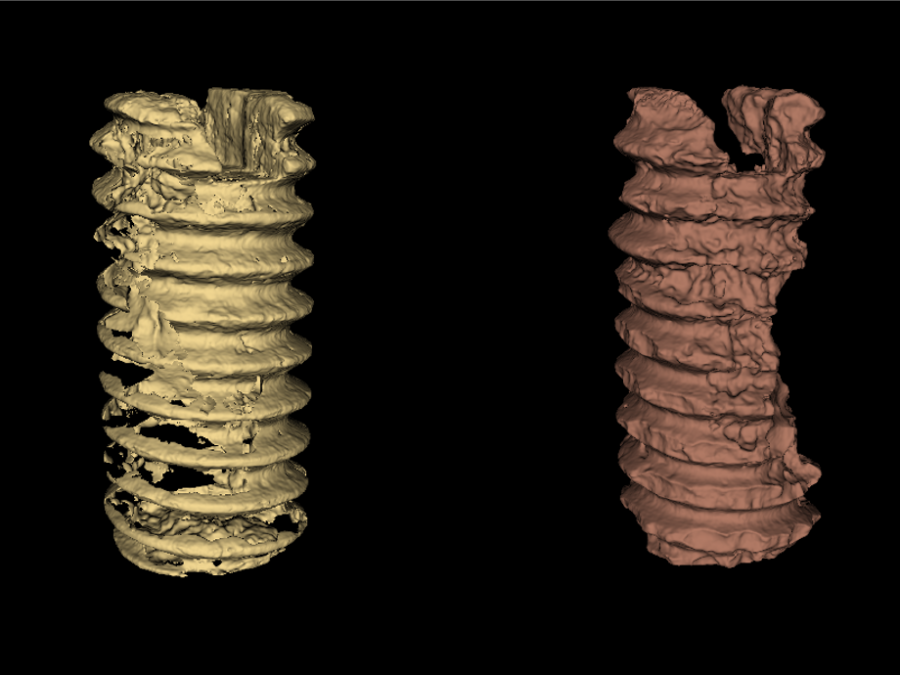Identifying structural features of zebrafishes, using Semantic Segmentation

Zebrafish have a certain genetic similarity to humans and vertebrates. Particularly, the use of embryos is attractive due to the small scale screening capacity. Furthermore, similar to genuine cellular in vitro approaches, zebrafish embryos are considered as alternatives to animal testing. Therefore, they play a fundamental role in the detection of environmental and human health risks in chemical safety assessment.
The analysis of zebrafish embryos is therefore of great importance and the automatic processing of images is a key feature of morphological phenotype analysis in high content screenings.
To address this issue, previously the FishInspector tool was developed, which allows for annotating data, training models, and identifying structural features such as the body contour, fins, and eyes. In this project, a new and more efficient pipeline is established to train deep learning segmentation models. The goal is to produce high quality predictions while maintaining the integration into the FishInspector tool to provide a high flexibility of the training pipeline.


